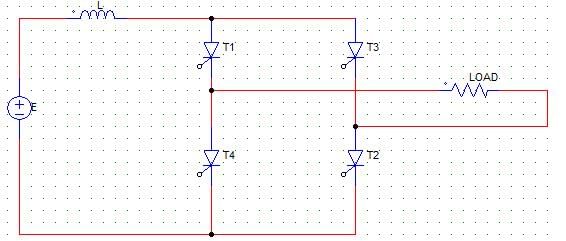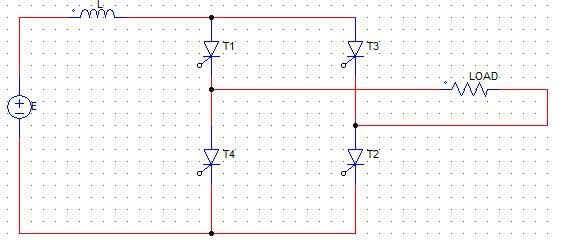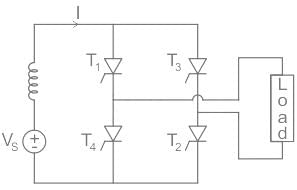Electrical Engineering (EE) Exam > Electrical Engineering (EE) Tests > Test: Current Source Inverters - Electrical Engineering (EE) MCQ
Test: Current Source Inverters - Electrical Engineering (EE) MCQ
Test Description
10 Questions MCQ Test - Test: Current Source Inverters
Test: Current Source Inverters for Electrical Engineering (EE) 2025 is part of Electrical Engineering (EE) preparation. The Test: Current Source Inverters questions and answers have been prepared
according to the Electrical Engineering (EE) exam syllabus.The Test: Current Source Inverters MCQs are made for Electrical Engineering (EE) 2025 Exam.
Find important definitions, questions, notes, meanings, examples, exercises, MCQs and online tests for Test: Current Source Inverters below.
Solutions of Test: Current Source Inverters questions in English are available as part of our course for Electrical Engineering (EE) & Test: Current Source Inverters solutions in
Hindi for Electrical Engineering (EE) course.
Download more important topics, notes, lectures and mock test series for Electrical Engineering (EE) Exam by signing up for free. Attempt Test: Current Source Inverters | 10 questions in 30 minutes | Mock test for Electrical Engineering (EE) preparation | Free important questions MCQ to study for Electrical Engineering (EE) Exam | Download free PDF with solutions
Test: Current Source Inverters - Question 1
In voltage source inverters (VSIs), the amplitude of the output voltage is
Detailed Solution for Test: Current Source Inverters - Question 1
Detailed Solution for Test: Current Source Inverters - Question 2
Test: Current Source Inverters - Question 3
In the below shown, the ideal single-phase CSI circuit has constant input source current of I amps. The output current waveform varies from


Detailed Solution for Test: Current Source Inverters - Question 3
Test: Current Source Inverters - Question 4
In a 3-phase VSI operating in square-wave mode, the output line voltage is free from
Detailed Solution for Test: Current Source Inverters - Question 4
Test: Current Source Inverters - Question 5
In voltage source inverters (VSIs), the output currents _____________
Detailed Solution for Test: Current Source Inverters - Question 5
Test: Current Source Inverters - Question 6
In current source inverters (CSIs), the output voltage’s
Detailed Solution for Test: Current Source Inverters - Question 6
Detailed Solution for Test: Current Source Inverters - Question 7
Test: Current Source Inverters - Question 8
T1, T2 are triggered at 0 and T3, T4 at T/2. If both the pairs of SCRs conduct for equal duration and the load consists of a capacitor. Then

Detailed Solution for Test: Current Source Inverters - Question 8
Detailed Solution for Test: Current Source Inverters - Question 9
Detailed Solution for Test: Current Source Inverters - Question 10
Information about Test: Current Source Inverters Page
In this test you can find the Exam questions for Test: Current Source Inverters solved & explained in the simplest way possible.
Besides giving Questions and answers for Test: Current Source Inverters, EduRev gives you an ample number of Online tests for practice
Download as PDF




















